Apple has launched four new models as part of its iPhone 2020 refresh, with the iPhone 12 joined by the iPhone 12 mini, the iPhone 12 Pro, and iPhone 12 Pro Max, but which one should you buy? We break down the differences to hopefully make the choice easier for you.
During its October 13 "Hi, Speed" event, Apple launched into the world four new models of iPhone, with the latest editions split into two tiers: The iPhone 12 mini and iPhone 12, and the iPhone 12 Pro and iPhone 12 Pro Max. The selection gives consumers the widest array of models to choose from than ever before, as well as some important new technologies.
However, many people who have yet to upgrade but wanting the latest model still have to work out which one they want to acquire.
This guide breaks down the main differences between the four iPhone models, and will hopefully make answering that question a little bit easier.
Specifications
| iPhone 12 mini | iPhone 12 | iPhone 12 Pro | iPhone 12 Pro Max | |
|---|---|---|---|---|
| Price (starting) | $699/$729 | $799/$829 | $999 | $1,099 |
| Dimensions (inches) | 5.18 x 2.53 x 0.29 | 5.78 x 2.82 x 0.29 | 5.78 x 2.82 x 0.29 | 6.33 x 3.07 x 0.29 |
| Weight (ounces) | 4.76 | 5.78 | 6.66 | 8.03 |
| Processor | A14 Bionic | A14 Bionic | A14 Bionic | A14 Bionic |
| Storage | 64GB, 128GB, 256GB | 64GB, 128GB, 256GB | 128GB, 256GB, 512GB | 128GB, 256GB, 512GB |
| Display type | 5.4-inch Super Retina XDR | 6.1-inch Super Retina XDR | 6.1-inch Super Retina XDR | 6.7-inch Super Retina XDR |
| Resolution | 2,340 x 1,080 at 476ppi | 2,532 x 1,170 at 460ppi | 2,532 x 1,170 at 460ppi | 2,778 x 1,284 at 458ppi |
| True Tone | Yes | Yes | Yes | Yes |
| Biometrics | Face ID | Face ID | Face ID | Face ID |
| Connectivity | 5G (Sub-6GHz and mmWave) Gigabit-class LTE Wi-Fi 6 Bluetooth 5.0 | 5G (Sub-6GHz and mmWave) Gigabit-class LTE Wi-Fi 6 Bluetooth 5.0 | 5G (Sub-6GHz and mmWave) Gigabit-class LTE Wi-Fi 6 Bluetooth 5.0 | 5G (Sub-6GHz and mmWave) Gigabit-class LTE Wi-Fi 6 Bluetooth 5.0 |
| Rear Cameras | 12MP Ultra Wide 12MP Wide | 12MP Ultra Wide 12MP Wide | 12MP Ultra Wide 12MP Wide 12MP Telephoto | 12MP Ultra Wide 12MP Wide 12MP Telephoto |
| Video | 4K 60fps, 4K 30fps HDR with Dolby Vision, 1080p 240fps Slo-Mo | 4K 60fps, 4K 30fps HDR with Dolby Vision, 1080p 240fps Slo-Mo | 4K 60fps, 4K 60fps HDR with Dolby Vision, 1080p 240fps Slo-Mo | 4K 60fps, 4K 60fps HDR with Dolby Vision, 1080p 240fps Slo-Mo |
| Front Camera | 12MP TrueDepth | 12MP TrueDepth | 12MP TrueDepth | 12MP TrueDepth |
| Battery Size (Video playback time) | Up to 15 hours | Up to 17 hours | Up to 17 hours | Up to 20 hours |
| Colors | Black, White, Blue, Green, Purple, (Product)Red | Black, White, Blue, Green, Purple, (Product)Red | Graphite, Silver, Gold, Pacific Blue | Graphite, Silver, Gold, Pacific Blue |
iPhone 12 mini vs iPhone 12 vs iPhone 12 Pro vs iPhone 12 Pro Max - Physical Dimensions
There are generally three different sizes of device for this generation, with the mini being the smallest at 5.18 inches by 2.53, followed by the iPhone 12 and iPhone 12 Pro at 5.78 by 2.82 for both. The largest, the Pro Max, measures 6.33 inches long and 3.07 inches wide.
All four models are of equal thickness, measuring 0.29 inches apiece.
As for weights, obviously the size of the device impacts how heavy each one is. The smallest mini is the lightest at 4.76 ounces, while the largest Pro Max is 8.03 ounces.
The similarly-sized iPhone 12 and iPhone 12 Pro do differ here, with the components in the Pro bringing the weight up to 6.66 ounces to the non-Pro's 5.78 ounces.
iPhone 12 mini vs iPhone 12 vs iPhone 12 Pro vs iPhone 12 Pro Max - Displays
Of course, a big factor in determining the physical size of each model is the display, which continues the edge-to-edge concept introduced by the iPhone X. On the extreme ends, the iPhone 12 mini opts for a 5.4-inch OLED display, while the iPhone 12 Pro Max has a 6.7-inch version.
In the middle, the iPhone 12 and iPhone 12 Pro both use a 6.1-inch OLED panel. All are listed as Super Retina XDR displays, using the same display technology across the board.
The upgrade from LCD to OLED in the non-Pro models have boosted their resolutions, with the iPhone 12 mini having a resolution of 2,340 by 1,080, and the iPhone 12 at 2,532 by 1,170. The iPhone 12 Pro has the same resolution as the iPhone 12, and the iPhone 12 Pro Max uses a resolution of 2,778 by 1,284.
The upgraded displays in the non-Pro range means they technically have the higher pixel density, with the mini having 476 pixels per inch, the middle-sized models with 460ppi, and the Pro Max with 458ppi
All offer the same True Tone, P3 Wide Color Display, and a maximum 1,200 nits of brightness for HDR content. Typical brightness maximums are 625 nits for the iPhone 12 and mini, 800 nits for the iPhone 12 Pro and Pro Max.
iPhone 12 mini vs iPhone 12 vs iPhone 12 Pro vs iPhone 12 Pro Max - Cameras and LiDAR
While the iPhone 12 Pro models have more cameras overall, all models do have the same wide-angle and ultra wide-angle cameras. Each use 12-megapixel sensors, along with a new 7-piece lens plastic lens array that improve the optics in some of the cameras.
Where the Pro models differ is that they, yet again, provide a telephoto shooting option. Sticking with a 12-megapixel sensor, the telephoto enables a 2x optical zoom-in on the iPhone 12 Pro, further enhancing the digital zoom to 6x, while the Pro Max has a 2.5x optical zoom in with a 7x digital zoom.
Both the iPhone 12 and iPhone 12 mini have a 2x optical zoom out and a 3x digital zoom.
Like last year, this means the Pro models will benefit from being able to zoom in much closer to the action than the iPhone 12 and mini, and can even perform a zoom with more clarity due to that initial optical zoom boost.
The extra sensor will also mean computational photography efforts will be given more assistance on the Pro pair, due to potentially offering more data to work with.
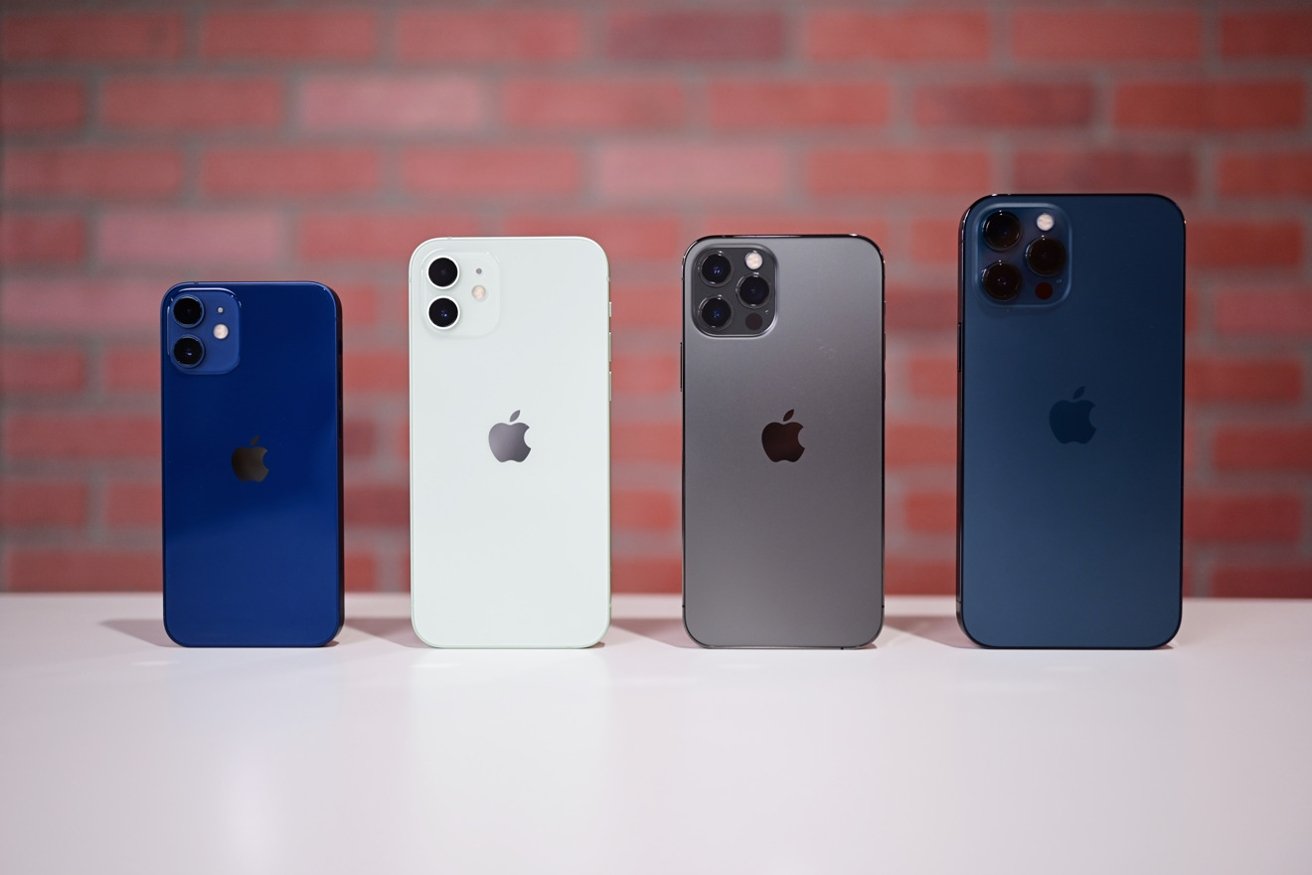 The two right Pro models have triple camera systems and LiDAR, while the non-Pro have two rear cameras.
The two right Pro models have triple camera systems and LiDAR, while the non-Pro have two rear cameras. The iPhone 12 Pro models go one stage further than even the iPhone 12 Pro, as it boasts a LiDAR sensor on the back of the device. Working similar to Face ID on the front, the sensor is able to spray infrared dots on the environment for depth mapping, which can enable it to focus more accurately on a subject, even in low light, as well as other potential photographic uses in the future.
There's also the possibility of using the LiDAR for augmented reality purposes, but that will largely depend on developers building apps using ARKit.
Apple also introduced a few features that will be highly beneficial to photographers and videographers in the Pro lineup. This includes the ability to record video in Dolby Vision HDR at 4K resolution, as well as Apple ProRAW for images.
To the front, Face ID remains practically unchanged with no differentiation between models, using a 12-megapixel and the same TrueDepth sensor array.
For videographers and smartphone photographers with a sufficient enough budget, it seems to be a no-brainer to upgrade to the Pro line, especially given the potential the rear LiDAR sensor offers for future use.
iPhone 12 mini vs iPhone 12 vs iPhone 12 Pro vs iPhone 12 Pro Max - Processing performance
Apple has already provided some information about the A14 Bionic SoC that has been included in each of the 2020 models, as it's the same chip used in the iPad Air.
The A14 Bionic uses a 5-nanometer process in its construction, packing 11.8 billion transistors onto a single chip. The new A-series version uses a more efficient 6-core design that boasts a 40% performance boost in CPU performance than the A12, while the updated 4-core graphics system has 30% higher performance against the same chip.
Apple also claims the A14 is up to 50% faster in CPU and GPU performance compared to "the fastest competing smartphone chips."
There's also the new 16-core Neural Engine which is twice as fast, capable of up to 11 trillion operations per second, and second-generation machine learning accelerators in the CPU can make machine learning calculations ten times faster.
In Geekbench testing, the A14 Bionic scored 1,598 points for single-core tests, rising to 4,180 in multi-core. In practical terms, this represents about a 20% single-core increase and a 15% multi-core gain on the A13.
All four models use the A14 Bionic, so it would in theory be the same across the board, however that's not all the story.
Like earlier Pro and non-Pro releases, Apple includes more RAM in its premium models. Both Pro versions have 6GB versus 4GB on the non-Pro.
Sure, the same chip and general speed improvements will be felt by anyone upgrading, but the extra memory will allow Pro users to have more apps cached in RAM and ready to go.
For the average user, this isn't a big deal. So long as they get the new A14 Bionic, that's all that really matters.
iPhone 12 mini vs iPhone 12 vs iPhone 12 Pro vs iPhone 12 Pro Max - 5G
This year's range of iPhones all offer access to a new milestone in communications technology: 5G support. Enabled by a supply deal with Qualcomm to end a potentially costly legal battle, all models are capable of connecting to 5G networks.
However, there's some variation even in this, and it's partly due to the way 5G actually works. In reality, 5G isn't one high-speed communications standard, it's actually two.
The low-band 5G will provide wide signal coverage, allowing it to be used across countries and wide markets, albeit at speeds that may not be much better than offered by 4G LTE.
Then there's the high-band mmWave, which offers the headline high-speed connectivity that could reach gigabit speeds for some users. Signals used in mmWave are weaker, meaning they will only cover small areas and are able to be blocked by thin materials, and even rain, with carriers limiting its deployment to high-density population areas.
While rumors pointed towards the non-Pro models as losing the capability to use mmWave, Apple has instead enabled full 5G support across the entire product line. That means there's no difference in 5G quality between devices.
Whether you will be able to take advantage of mmWave is another matter.
iPhone 12 mini vs iPhone 12 vs iPhone 12 Pro vs iPhone 12 Pro Max - Power and battery
All of the models benefit from the new MagSafe function, which will enable iPhones to be correctly aligned on compatible wireless charging stations. They also have the ability to fast charge up to half their capacity in half an hour, when used with a 20-watt charger or higher.
The biggest variation for power in the models is battery life, and size is a factor here. In comparisons of video playback time, the iPhone 12 mini lasts up to 15 hours according to Apple, with the iPhone 12 and iPhone 12 Pro both tapping out at 17 hours, then the Pro Max at 20 hours.
If you're looking for long usage times, the iPhone 12 Pro Max is obviously your best bet.
iPhone 12 mini vs iPhone 12 vs iPhone 12 Pro vs iPhone 12 Pro Max - Capacity, color, and pricing
As you would expect, the iPhone 12 mini is the cheapest model on the block, priced at $699 for the version equipped with 64GB of storage, $749 for 128GB, and $859 for 256GB. The same capacities are available for the iPhone 12 Max, priced at $799, $849, and $949 respectively for the cheapest options on Apple's website.
On the Pro side, Apple shifts the storage options up, bringing 512GB of capacity to the mix. For the iPhone 12 Pro, the 128GB model is $999, the 256GB version is $1,099, and the 512GB variant is $1,299. Over on the iPhone 12 Pro Max, these capacities are priced at $1,099, $1,199, and $1,399 respectively.
Apple is offering the iPhone 12 pair in a choice of six colors: Black, White, Green, Blue, (Product)Red, and months after the initial launch, Purple.
The Pro models are available in four choices: Graphite, Silver, Gold, and Pacific Blue.
iPhone 12 mini vs iPhone 12 vs iPhone 12 Pro vs iPhone 12 Pro Max - Which should you get?
For the 2020 range of iPhones, Apple has made it both the easiest and most difficult decision for consumers upgrading to the new models. Sure, you're going to enjoy the new models regardless, but there's a few factors to consider when making the purchase.
For a start, size is an issue, as some will prefer the smaller stature of the iPhone 12 mini, which may be more manageable to handle over time. Others will want the giant screen of the iPhone 12 Pro Max, with a screen that's an inch away from the iPad Mini.
Screen quality isn't going to be a factor. Neither will the amount of memory, as most people will care more about their iPhone using the powerful A14 Bionic.
While 5G support was thought to be a deciding factor, blanket mmWave support means it's not even something to consider between this year's models.
For the cameras, for most people it's simply a case of whether you need an extra zoom or not. Photographers will certainly lean in the direction of Pro for the extra image options, as well as the potential image-related applications of LiDAR.
Depending on what developers create using ARKit that could take advantage of LiDAR on the back, there may be a bigger market for the sensor in the future. That doesn't really help much now, but some may believe there will be benefits down the road, and will buy the iPhone 12 Pro or Pro Max to be among the first to enjoy them.
Video producers will also be keen to get the Pro range for their ability to use the extra lens to record Dolby Vision HDR, as well as to edit it on the device, and even output it to a display using AirPlay.
Of course, price is always going to be an element for users, and with the low cost of the iPhone 12 mini, that makes it a compelling entry point to the iPhone ecosystem for those who don't want to deal with a smaller 4.7-inch display and one rear camera.
Going for the Pro models will push users into paying out around $1,000 for an iPhone, which is still a bitter pill for some to swallow. But for those who see the advantages of the extra camera, the sizable screen, the extra storage capacity option, and the extra LiDAR facility, the cost can easily be justified.
 Malcolm Owen
Malcolm Owen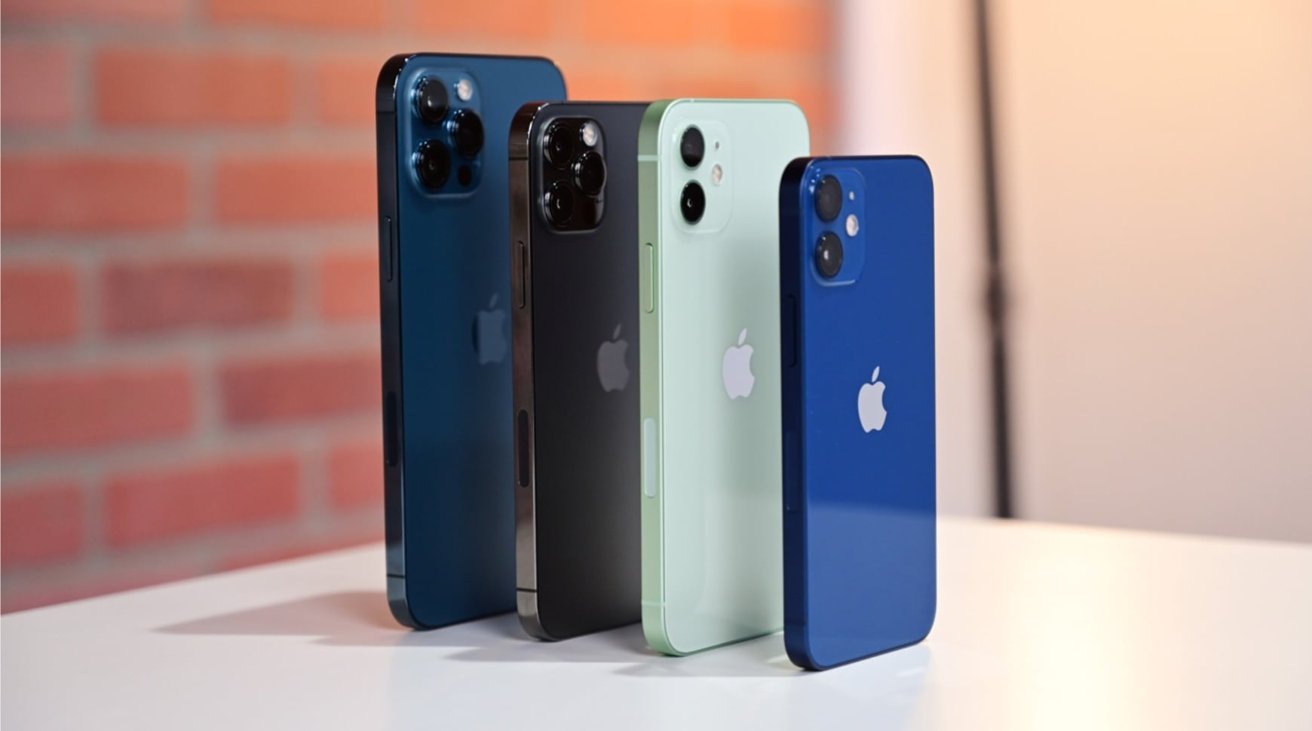
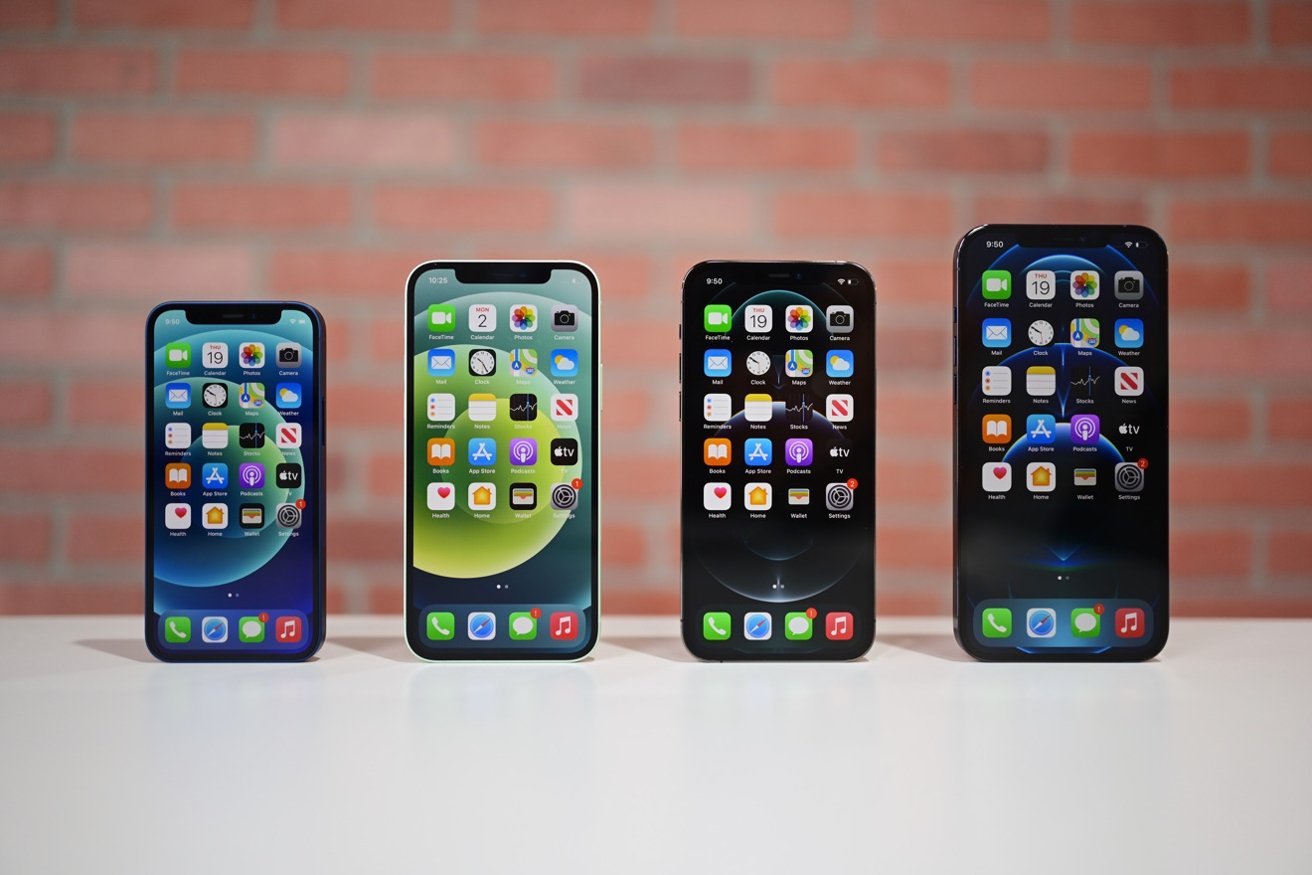
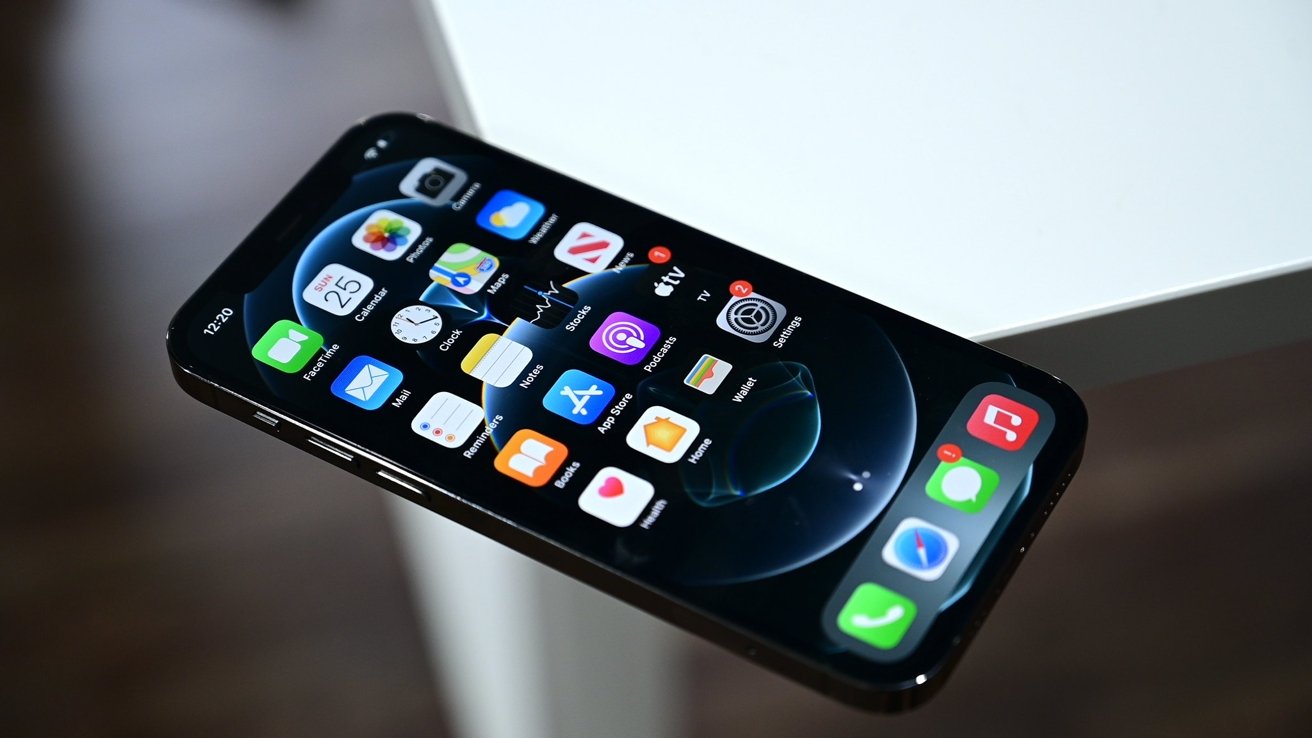
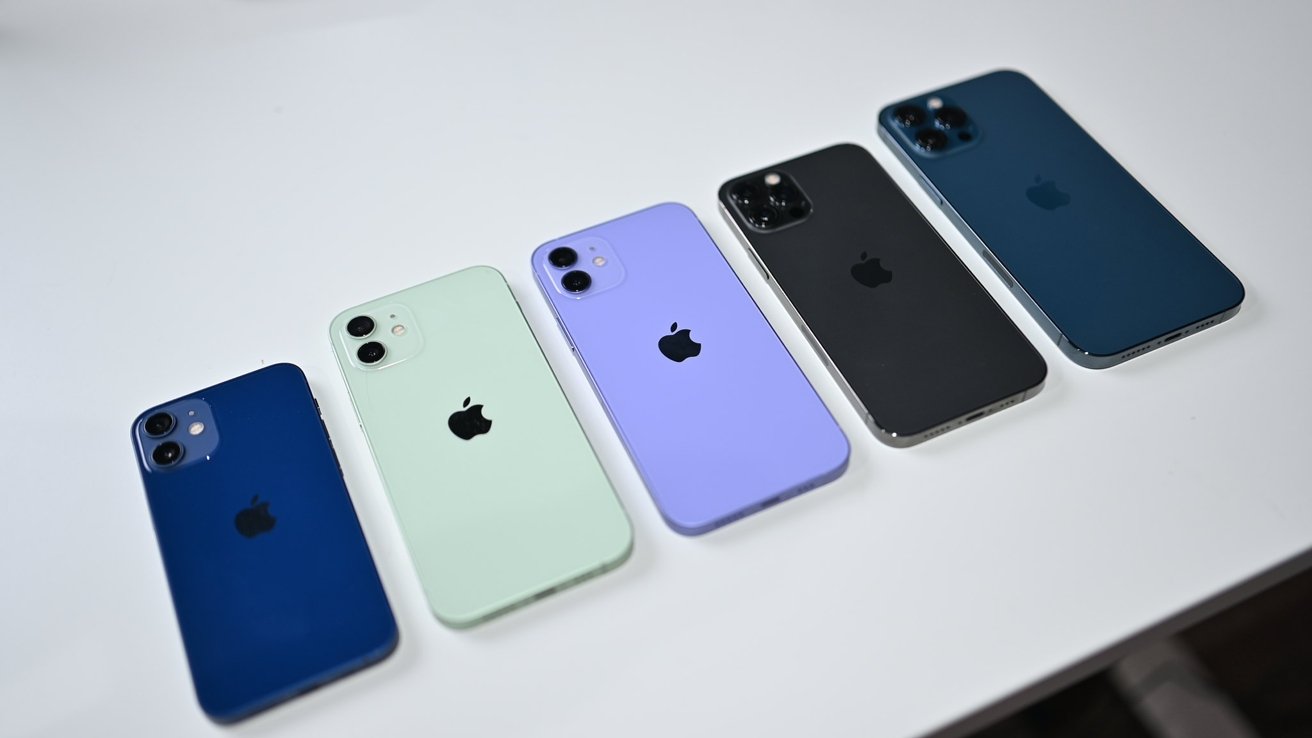







-m.jpg)






 Christine McKee
Christine McKee
 Marko Zivkovic
Marko Zivkovic
 Mike Wuerthele
Mike Wuerthele

 Amber Neely
Amber Neely
 Sponsored Content
Sponsored Content
 Wesley Hilliard
Wesley Hilliard










20 Comments
Looking at the Apple website, it mentioned that only the Max has a 47% bigger camera sensor. Is this true? That is a game changer for the max
Actually, $729 and $829 staring prices.
New camera,
new OIS
We gave iPhone 12 Pro Max a larger Wide sensor with bigger pixels to gather more light, for more detail and color in your photos. And we engineered a stabilizing solution that moves just the sensor, keeping it even more steady than before. That’s sensor-shift OIS, and it’s a game changer.
iPhone 12 mini. Apple listened. We will respond with $$$.
Thank you Apple!